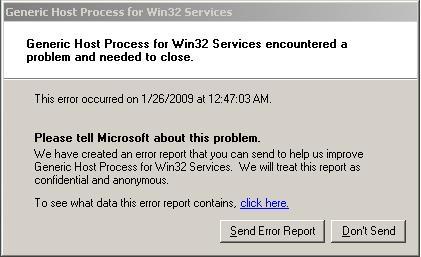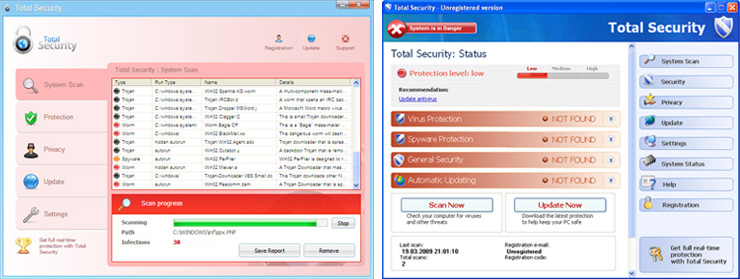How To Fix NET Framework Update Error Code 0x643 And Error Code 1603
If you have tried to install an update for the Microsoft .NET Framework 1.0, for the Microsoft .NET Framework 1.1, the Microsoft .NET Framework 2.0, the Microsoft .NET Framework 3.0, or for the Microsoft .NET Framework 3.5, you may receive either of the following generic error codes from Microsoft Windows Update.
Errors: “0x643” or “1603”
When these error codes appear, it means that the update has not installed due to a problem with the installation process.
What Causes The Error Codes To Appear?
The reason why these error codes appear is usually because of a corruption in the .NET Framework installation, or an inconsistency on the MSI database state. To repair these errors, you should look to manually reinstall the .NET framework, download a new version of .NET and clean out the registry of your system.
Step 1 – Manually Remove And Reinstall .NET Framework
First you must remove all .NET Framework versions on your computer and then reinstall them, because your computer needs to think that when you reinstall .NET Framework that it is the first time your system has encountered it. To do this follow these steps:
- Click Start, then select the Control Panel.
- Double-click on Add or Remove Programs.
- Navigate through the Currently installed programs list and uninstall ALL versions of .NET Framework that are on your system one by one. NOTE: Before you do this make a list of the currently installed .NET Framework versions.
- When prompted, restart your computer.
Step 2 – Clear The MSI Database State Of All .NET Framework Versions.
For this step you need to clear the MSI database state of all of the .NET Framework versions using Windows Installer CleanUp Utility. However this tool is not to be an intended replacement of the standard uninstallation procedure as explained in Step One. You should first try Step One before you use this method. The reason for this is because this cleanup tool deletes shared files and registry keys that are used by a number of different versions of the .NET Framework.
- Download the Windows Uninstaller CleanUp Utility from the Microsoft Download Website.
- First ensure that you are logged on to your computer as an administrator with administrative rights to the system.
- The click Start, select All Programs, and select the Windows Install CleanUp command.
- In the Windows Installer CleanUp dialog box, select all instances that are related to .NET Framework and delete them.
- Once that has completed, restart your computer.
Step 3 – Download And Install The .NET Framework Version That Was Previously Installed On Your Computer
Once you have deleted all instances of .NET Framework, and restarted your computer, you can then proceed to download and install whatever version of .NET Framework was on your system before you deleted it. When you do this, your computer will treat the install as a brand new version, and should prevent the errors from appearing on your system again.
Step 4 – Clean Out The Registry
– Download this registry cleaner
The registry is a central database which stores vital information & settings for your computer. It’s home to some of the most important settings for your PC, including everything from your desktop wallpaper to your software options. Unfortunately, the registry is also one of the biggest reasons why .NET errors appear. Each time you use your PC, an increasing number of registry files & settings are being corrupted on your system, making it extremely difficult for your PC to use the files it needs to run. To prevent this from being a problem, it’s recommended you use a “registry cleaner” to repair any of the damaged registry settings inside your PC, which could be causing the errors you’re seeing.



